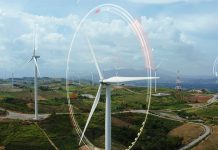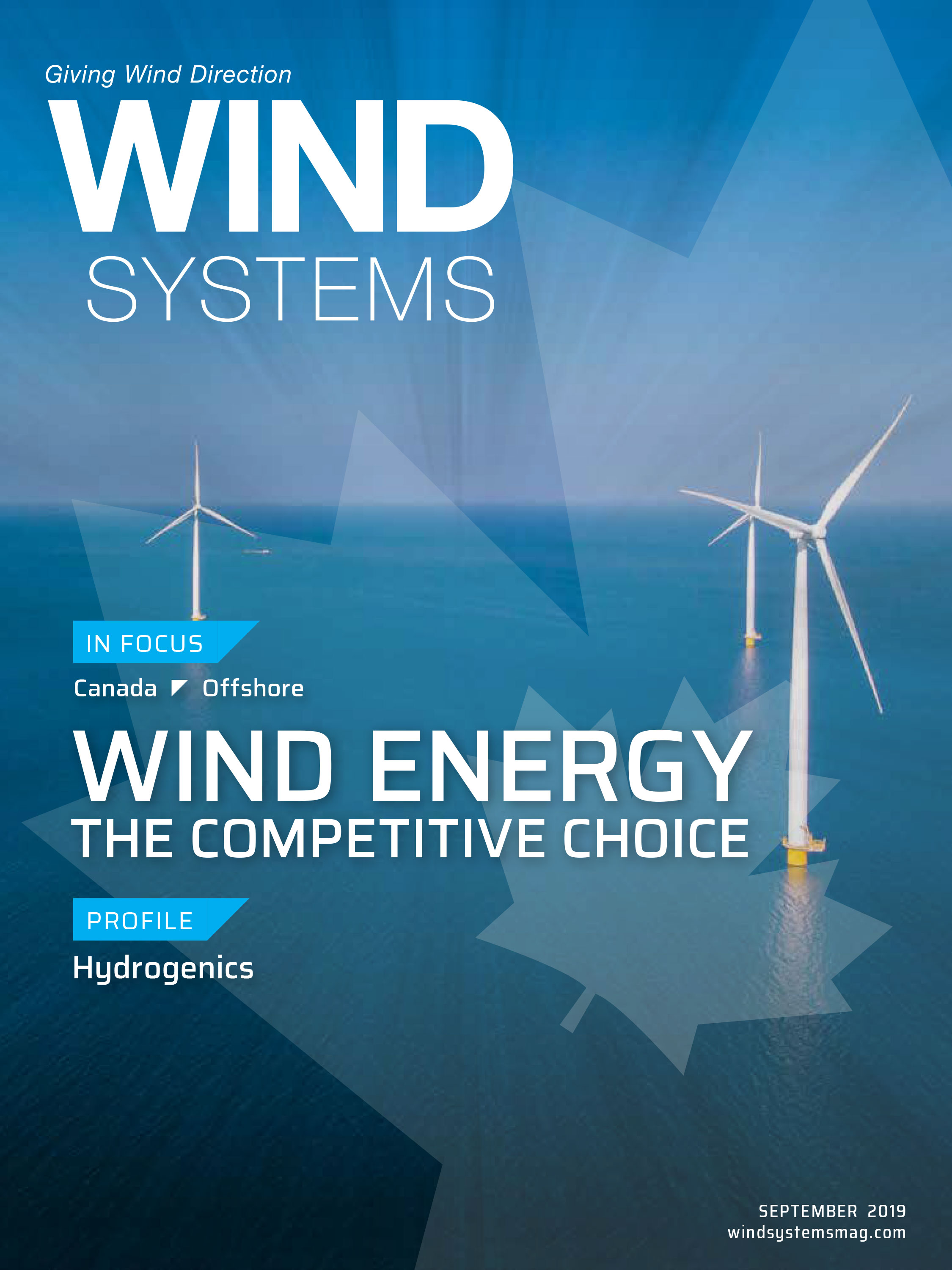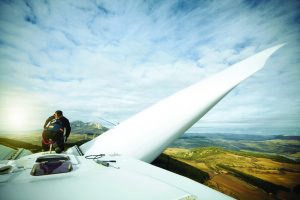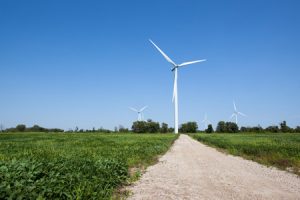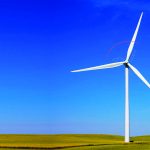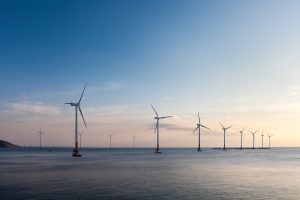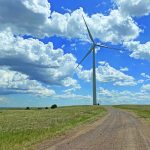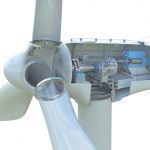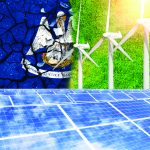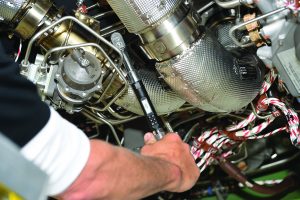There is a global energy transition underway, and Canada has a huge opportunity to join the front ranks of this vital project,” said Chris Turner, award-winning journalist and author and cleantech crusader. “We have extraordinary renewable energy resources, conventional energy resources, and a really strong tech sector — all the tools we need to become global leaders.”
As a university student in the mid-1990s, Turner was already well-acquainted in the need to diversify Canada’s energy system and modernize the electricity grid, in part by embracing renewable sources such as solar and wind.
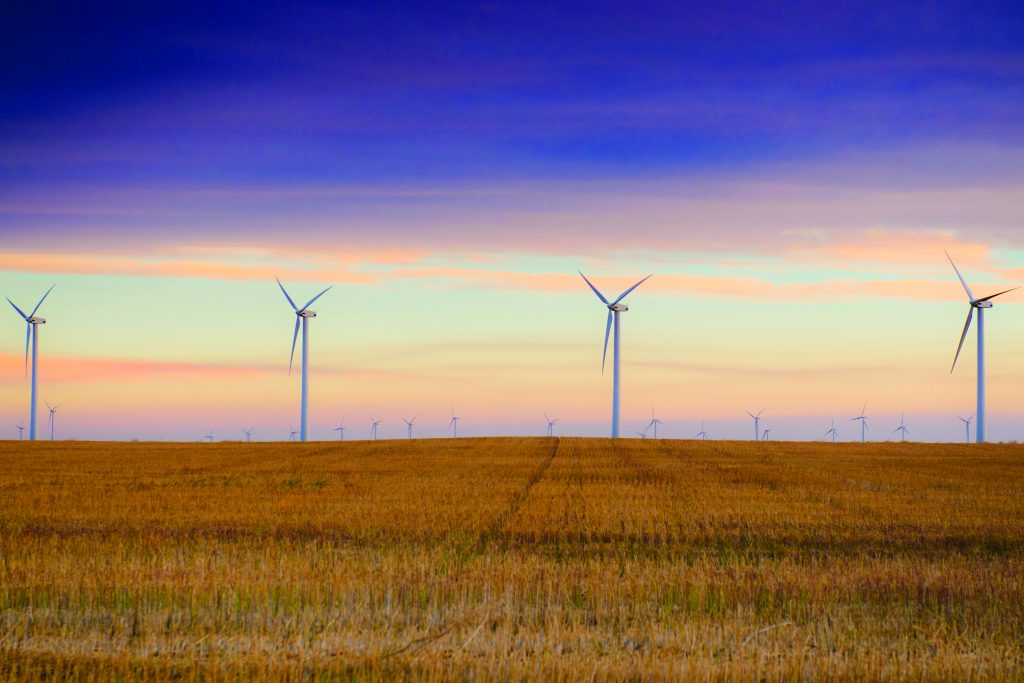
He came to the topic through an interest in climate change, which he saw as the ultimate big idea — the major public policy issue of the next 50 years — and he wrote extensively about the low-carbon economy in books such as The Leap (2011) and The Geography of Hope (2008).
“What the grid does is going to be fundamentally transformed,” Turner said, who is a Governor General’s Award-nominee and a featured speaker at the CanWEA Spring Forum earlier this year. “It’s got a lot more renewable energy on it; it’s got a lot more options on it; it’s got some storage on it, probably a lot more people producing at least some of their own power … certainly a lot less big, centralized utilities.”

CanWEA 2019: Mapping the future
As Canada’s energy system continues to diversify, the grid is expected to evolve from a hub-and-spoke system to a decentralized “smart grid” with multiple energy sources, multiple entry points, and greater flexibility.
“I think the one-size-fits all approach is going to be long gone,” Turner said.
He compares the future electricity grid to telecommunications after the dot-com boom. “You went from just a handful of providers who all use basically the same equipment to deliver basically the same service — to digital telecommunication today, where it’s a ubiquitous and constantly evolving system,” he said.
At CanWEA 2019 in Calgary, the Opening Plenary will focus on the future of the grid, setting the stage for the rest of the conference and focusing on the big picture of the clean-energy transition — where we’ve come from, where we’re going, and how industry leaders plan to get there.
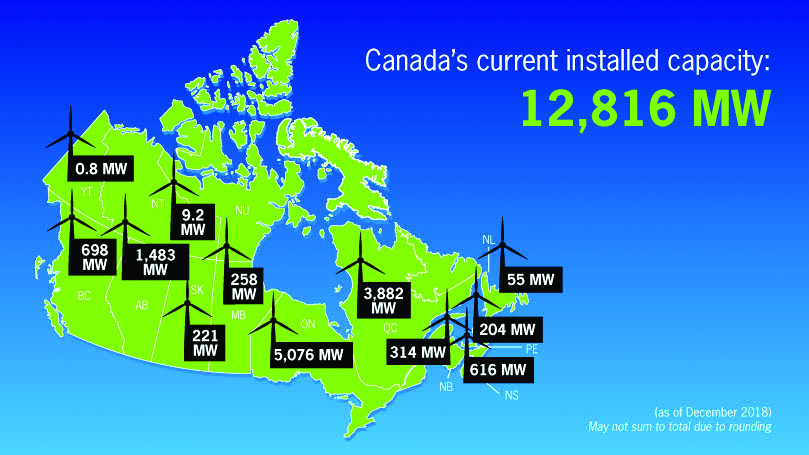
Canada’s electricity system will need significantly more wind and solar energy and more energy storage in a more flexible electricity grid if it is to be affordable, reliable, and climate-friendly.
Other sessions at the conference will go in-depth about disruptive technologies and rapid innovation in wind energy; navigating political change in Alberta; and repowering, decommissioning, and reclaiming legacy wind-energy sites.
“The trajectory has been extraordinarily positive,” said Turner, who has been on the renewable energy beat for more than a decade. “From the energy side, everything’s moving faster and better than we would have guessed when I started writing about it.”
Change is in the wind
While political factors make it impossible to predict exactly what the grid will look like decades from now — Turner said there’s no point projecting beyond two election cycles — a massive amount of progress is being made.
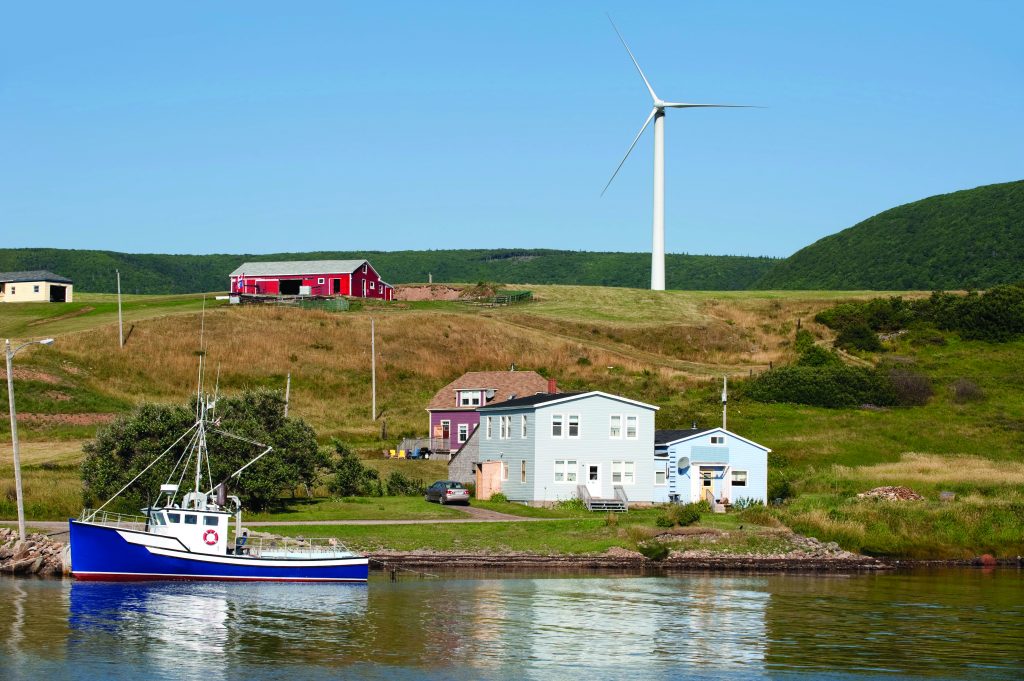
In keeping with global trends, wind has been the largest source of new electricity in Canada for more than a decade, accounting for about 6 percent of all electricity nationwide in 2017.
In some jurisdictions, wind contributed significantly more. In Prince Edward Island, 28 percent of electricity came from wind, while in Nova Scotia it was 12 percent.
Demand for all sources of renewable energy is increasing, and Canada has only begun to scratch the surface of what’s possible when it comes to wind power.
“The Canadian potential doesn’t have any obvious limits,” Turner said. “The country is so big, has so much high-quality wind resources — we’ve barely begun to even talk about off-shore, and we have the most coastline of any country in the world.”
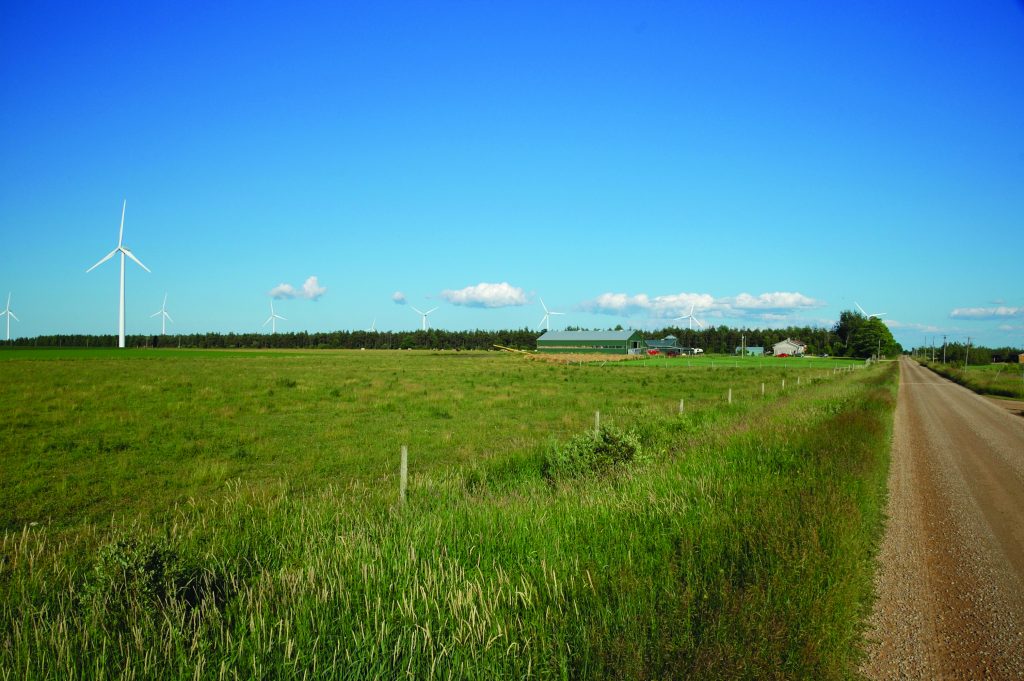
Building a better future
The electricity grid of the future will be far more diverse, decentralized, and participatory, boosted in large part by wind and other sources of renewable energy.
“You’ll still have the huge hydro dams, and probably some legacy gas and nuclear as well,” Turner said.
But smaller energy-production sites, like wind farms, will also feed into the grid at multiple sites, with advanced metering that will measure power use and restore power outages faster.
Distribution will be at least partially automated and informed by analytics that improve planning and operations.
What appears certain is that wind will continue to be an integral part of Canada’s energy diversification and the transition to a low-carbon economy.
“Wind is as an increasingly mature technology that can be deployed anywhere at multiple different kinds of scale,” Turner said. “It’s going to have a huge role to play.”
More info windenergyevent.ca/event-schedule


















